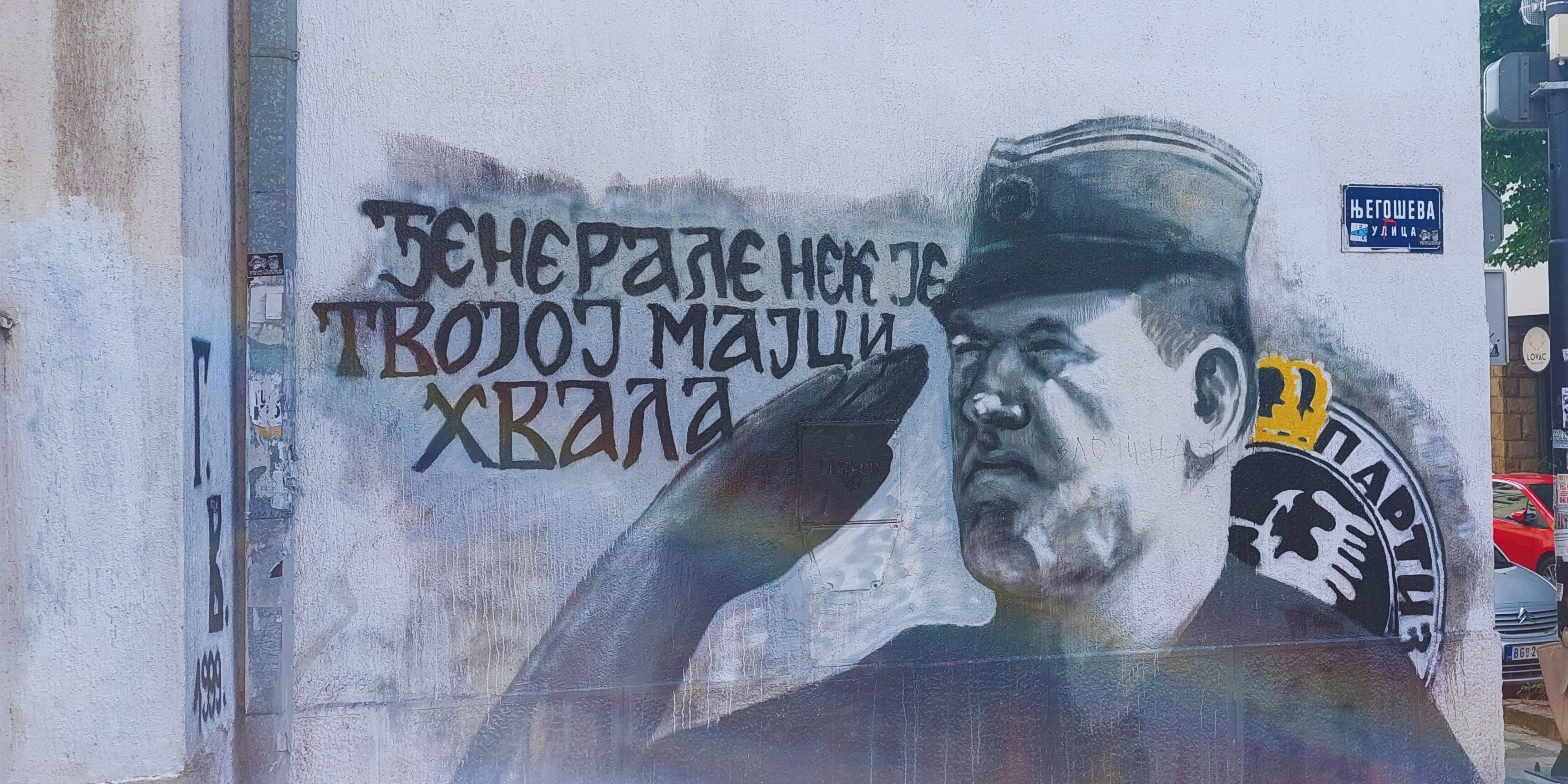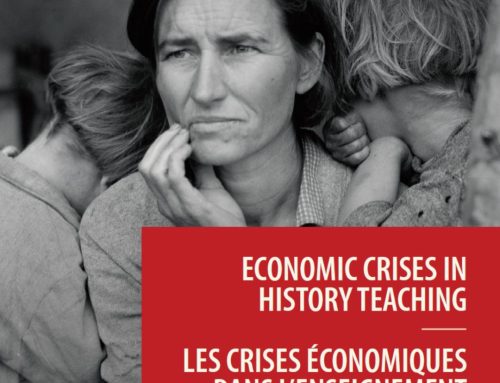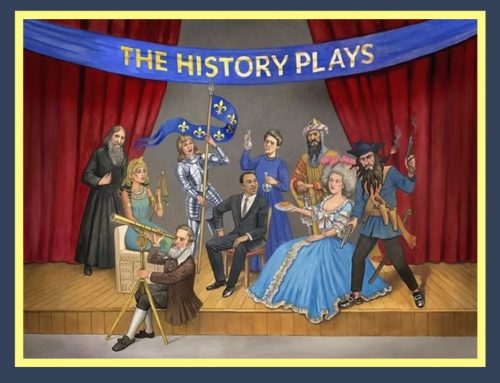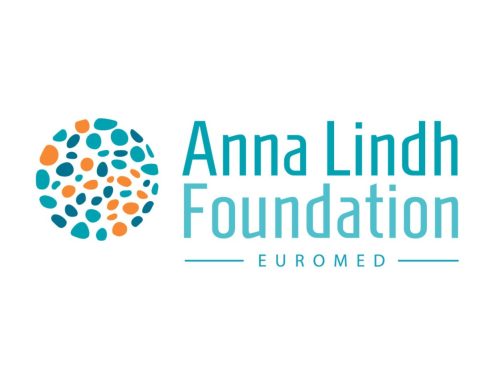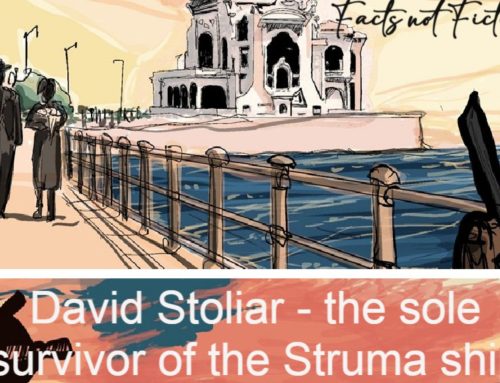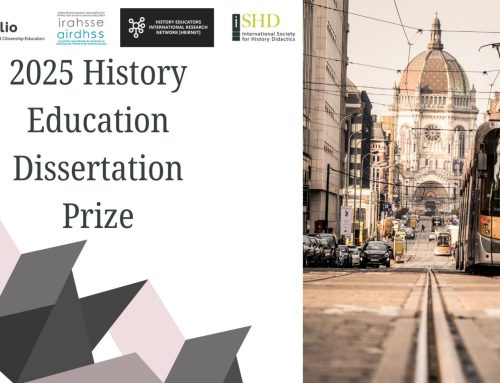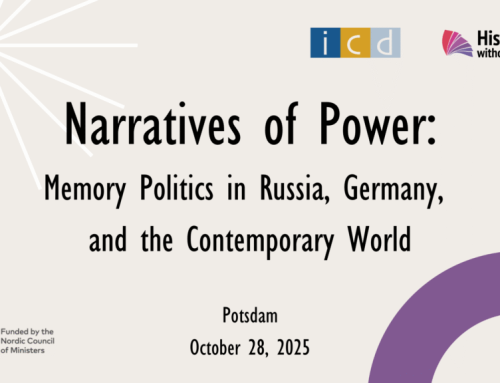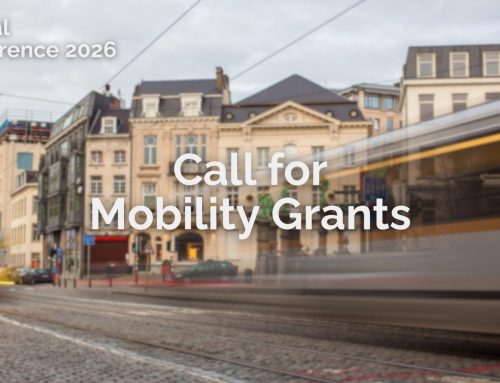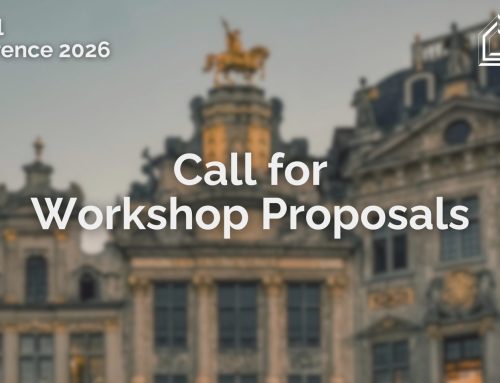Monument(al) Challenges is a EuroClio project collaboratively implemented with the Contested Histories Initiative, aiming to respond to some of the challenges educators across Europe face in teaching history. Raising sensitive historical issues in the classroom and their connection to monuments in public spaces can be a tricky task for teachers; topics such as recent conflicts, anti-Semitism and the legacies of slavery can still spark the emotional reaction of students who grow up in divisive societies. The project puts the needs of educators who tackle these issues in schools and museums at the forefront, developing resources and training materials to equip them with the skills to discuss complex histories.
In October 2023, EuroClio had the chance to discuss with one of the consortium members, Lidija Županić Šuica, a teacher from Serbia and director of the NGO Education for the 21st Century, on the importance of addressing contested historical topics in the Serbian educational framework.
Andreas: Lidija, you’re the director of ‘Education for the 21st Century’, an NGO working on history teaching education in Serbia. Can you tell us a little bit more about your organisation, what you do, and, most importantly, why did you decide to join Monumental Challenges?
Lidija: Education for the 21st Century was established in 2011 and our mission is to tackle the challenges faced by educators across all levels of the educational spectrum. We are addressing problems that educators have at all levels of the educational process. Our main target topics are cultural heritage, history education, civic education, human rights, and remembrance education. So anything connected to that is mainly our subject of interest.
Andreas: Great. With Monumental Challenges, we try to address teachers’ needs for resources and training materials to help them discuss sensitive, difficult, controversial, and contested topics. Specifically, as a teacher in Belgrade, why do you think this is important?
Lidija: Contested monuments, archaeological sites and works of art all belong to cultural heritage, which is, as I said, something that we address. Monumental Challenges as a project has been confronting those issues that we really need to address, especially in education and public spaces.
I think that addressing contested historical narratives is very important, especially in the Balkans, where the traditional role of rulers, either Serbian (or other rulers from the region), is considered sacred, especially in public spaces but also in education.
We need to find different ways to challenge and approach these narratives, which are deeply rooted in Serbian society. Of course, I’m talking about Serbia, but when I say Serbia, I also think about Bosnia and Herzegovina, Montenegro, Croatia, the whole region. We need to tackle these issues and establish dialogue and debates about these monuments. I have admired the Contested Histories project for years. So I was really eager to join, and I’m happy that we are doing this on a European level.
Andreas: Maybe one question that is a bit related because you already hinted at some of the issues that you find important in your context in the Balkans, but what are some of the key points of contentions in Serbian history, especially those that also find themselves their way into the classroom?
Lidija: There are many contestations in Serbia regarding those historical narratives. I would say that there are a couple of topics considered taboo in Serbian society and the educational environment; it’s mostly the War of the 1990s, and I would say that mediaeval history is considered to be not contested. But I also find that we have to reflect on narratives or myths that it has produced, such as in the case we have been working on, the monument to Stefan Nemanja, which is currently very contested in Serbian society. There are lots of issues to contest in Serbian history. And I think that through the project’s activities and the toolkit, we have to address a couple of topics and themes that can help teachers in their educational practice.
Andreas: You mentioned that in Serbia there are certain topics that are almost taboo to talk about. What do you think are some of the more important considerations to make as a teacher or educator, before you raise those kinds of topics with your students?
Lidija: First, we must consider whether the teachers are prepared. Are they educated enough on these kinds of topics? Then, of course, teachers are reluctant to deal with these kinds of topics. But also, I think that in some way, youngsters and young people are eager to learn about it. They feel that this is something that we can’t really keep only as a myth. I think that if we offer educators, teachers, and teacher trainers material, strategies and practices that they can adapt, and if we support them with practical resources, I think that these kinds of topics can then be implemented within the school system.
Andreas: Do you have a concrete approach, method or activity that you do with your students when teaching contested topics?
Lidija: Yes, I have many examples of lesson plans where I tend to present students with contested histories, contested monuments and cultural heritage. For example, we’ve done a couple of lessons within my school where, as a teacher, I addressed topics such as the NATO bombardment in Serbia. We addressed the assassination of the Serbian premier, Zoran Đinđić, and the lack of a monument to him; there is only one plaque in Belgrade dedicated to Zoran Đinđić. Also, there are plenty of events in Serbia that took place in March. Ratko Mladić was born on the 12th of March, the same day as Premier Zoran Đinđić was assassinated. So what I did with them once was to hand out different dates of events that took place that month and ask students to investigate and explore what happened on that date.
We also addressed other controversial events in Serbia that took place in March, such as the murder of a young boy during the demonstration in the 1990s against Milošević on the 9th of the month. Very controversial things. And I was amazed at how they were eager to learn because they had never really learned about these things.
Anastasia: I was wondering if students are actually willing to discuss and learn about them or if they learn different stories at home and are surprised.
Lidija: Yes, they are surprised. In this class, where we explored the dates of March, students were very motivated. Most of them didn’t even know about the demonstration against Milošević, for example. They heard for the first time that there was a huge demonstration on March 9, 1990. Nobody talked to them about Zoran Đinđić. He’s quite un[known] for them, being 15 or 16 or 17 years old. They weren’t even born when he was assassinated.
Andreas: But it’s also because there isn’t a monument.
Lidija: Yes, there is nothing to see in Belgrade in connection to his legacy.
Anastasia: Or there’s no conversation about it at home.
Lidija: They don’t talk about it at home with their parents. They don’t know most of these things, like the War of the 1990s. You don’t expect them to know about it. Of course, some of them know about Ratko Mladić because his name appears everywhere in Belgrade. We have murals, graffiti, and stencils of Mladić in different parts of town. But there is one mural of Zoran Đinđić, for example, which is mostly demolished and ruined.
Andreas: Great. Thank you so much, Lidija.
If you are interested in learning more about the contested mural landscape in Belgrade, you can read Hana Šuica’s Contested Histories blog post on the topic here.
Photo: A mural in Belgrade featuring Ratko Mladić, leader of the Army of Republika Srpska in the 1990s. Credits: EuroClio.

